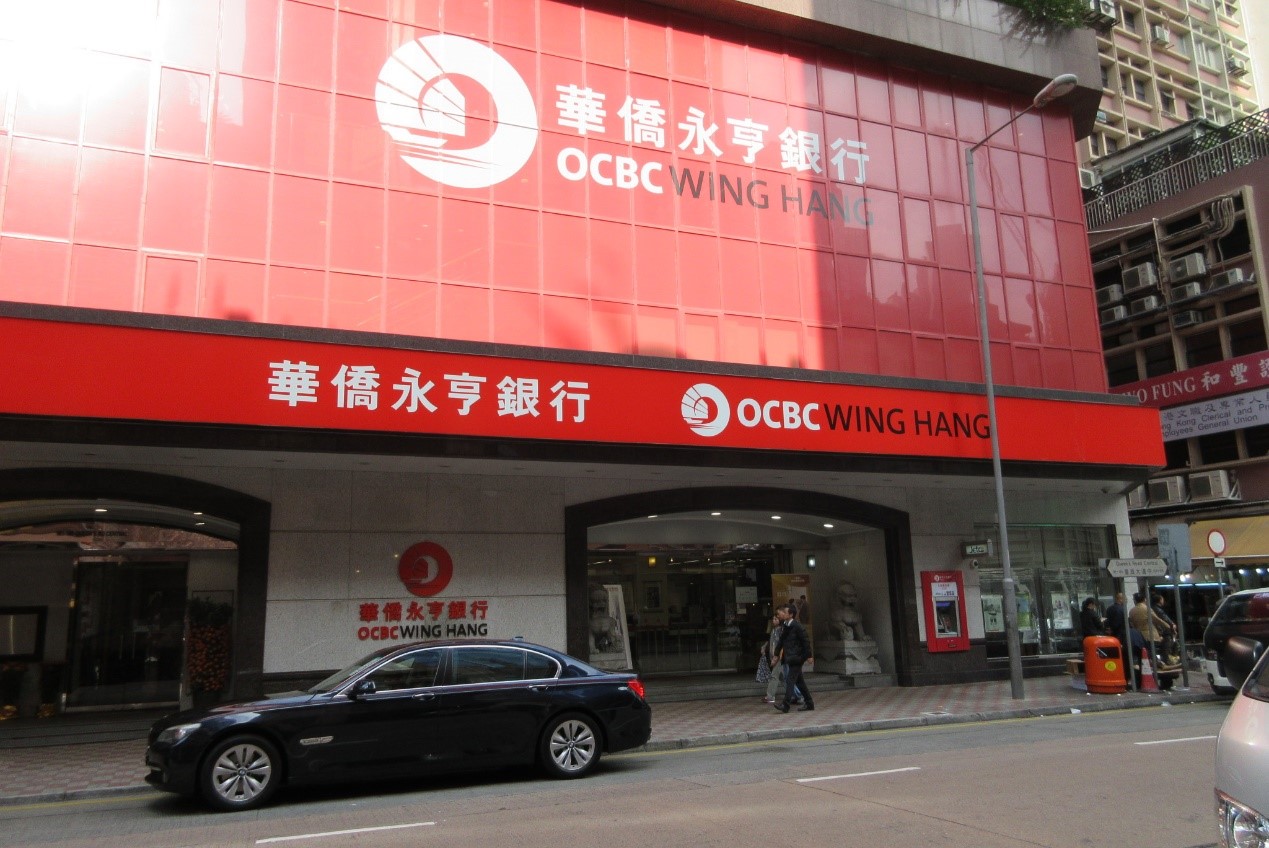Many of you may have heard friends or acquaintances boasting that they’re able to earn better interest returns on their savings by putting it in a foreign currency fixed deposit. This may look appealing as local banks only offer close to 1.2% on their time deposits, and often require savings to be locked up for several years in some situations.
Nevertheless, you need to know that putting your money in foreign currencies brings with it some inherent risks including foreign exchange risk, where you may incur some losses in exchange rates, and sovereign risks, where you may suffer losses due to the country’s political policy changes or even instability.

After carefully considering these factors, and understanding the risks you’re exposed to and returns you stand to gain, you can then think about putting your money in some of these foreign currencies that are delivering these attractive returns.
Doing this would effectively mean you’re betting that foreign exchange will not move against you while you’re invested. That’s because if it does, the transaction costs and exchange rate difference might negate any excess interest returns or even put you in losses.
Here’s What These Popular Foreign Currencies Are Offering In Interest Returns On Deposits
You can generally do this in two methods – opening a local account that offers deposits in the foreign currency that you would like to gain exposure to or open an account in the foreign country itself.
Doing the latter may pose certain challenges as you may need to be present in the country to open the account and may even need to meet certain conditions to open an account in the country. While this may be the case, you could also lose out on the actual interest rates within the foreign country.
*Interest rates are based on savings of $100,000 savings for a 12-month period, unless stated otherwise
** From CIMB Bank
*** From Bank of China – based on savings of RMB199,999.99 for a 12-month period
**** For Non-Resident Indians based on savings of INR10,000 and above for a period between one and 10 years
^Rest of the figures are derived from list of global central bank rates, which are usually three-month rates
The countries that are the safest tend to have base rates that are close to 0%, and the countries that are riskiest tend to offer the highest interest rates. This should come as no surprise for investors.
If you decide to go ahead with this, you should consider the exchange rates that the banks are charging against what the official money changers are charging to see if you are better off doing the exchange on your own.

You should note here that several popular currencies such as the Euro and several other European currencies and the Japanese Yen yield extremely poor interest and while some of the local banks accept these deposits, they do not pay much, if any, interest on them. Overseas, they yield similarly low interests.
One Reason Why It Could Make Sense To Hold Your Money Abroad
One of the reasons this could make sense for you to do as early as possible is if you or your child is going to live in the foreign country at a future date. This could be for further studies in Australia or that you know you’re going to be posted to Indonesia in a year’s time for work or even because you travel to the country frequently.
Being in these situations may mitigate your risk of losses as you will need to utilize this currency at a future date anyway. Even if foreign exchange goes against you, you will not suffer more transaction fees of having to convert this money back into Singapore dollars.
Consider High Yielding Singapore Dollar Savings Accounts If You Qualify
If you meet certain criteria, including depositing your salaries with the bank, paying more bills with your account, spending on the bank’s credit card or investing with the bank, you may earn higher interest rates on your savings accounts. These do not even require you to lock your money for any period of time.
This can go up to 3.05% per annum for OCBC’s 360 account, up to a maximum of $70,000; up to 3.33% per annum for the UOB One account, up to a maximum of $50,000; up to 3.55% with the Bank of China (BOC) SmartSaver account, up to a maximum of $60,000.

You should also note that you cannot just look at the rates and rank them equally as they have varying levels of difficulty to attain.
The Singapore Savings Bonds Offer A More Attractive Proposition
If you’re really considering putting your money in a five-year fixed deposit at a local bank, you may want to seriously reconsider this decision. Its annual returns of 1.2% does not even beat the Singapore Savings Bonds (SSB) five-year returns, which comes up to 1.53% if you leave you money in the investment for the full five years.
What’s more, if you happen to urgently require the money within the five-year period, the SSB allows you flexibility, without penalizing you, unlike breaking a fixed deposit with a bank. In addition, if you have no need for the money, you can continue saving up to a period of 10 years, and earn an incremental interest each year that will take your annual returns to 2.12% per annum.
This is however, limited to up to $100,000 in savings that must be separated in at least two investments of up to $50,000 each.
Or Just Invest
You could even invest to achieve foreign currency exposure or just to park your money in an investment.
The Singapore Exchange has approximately 650 stocks you can invest in. Many of these have overseas exposure, either entirely or with some of its businesses based overseas. If you think a foreign market is going to give robust returns in the next few years, just investing in the country could present a viable opportunity to gain from it.

